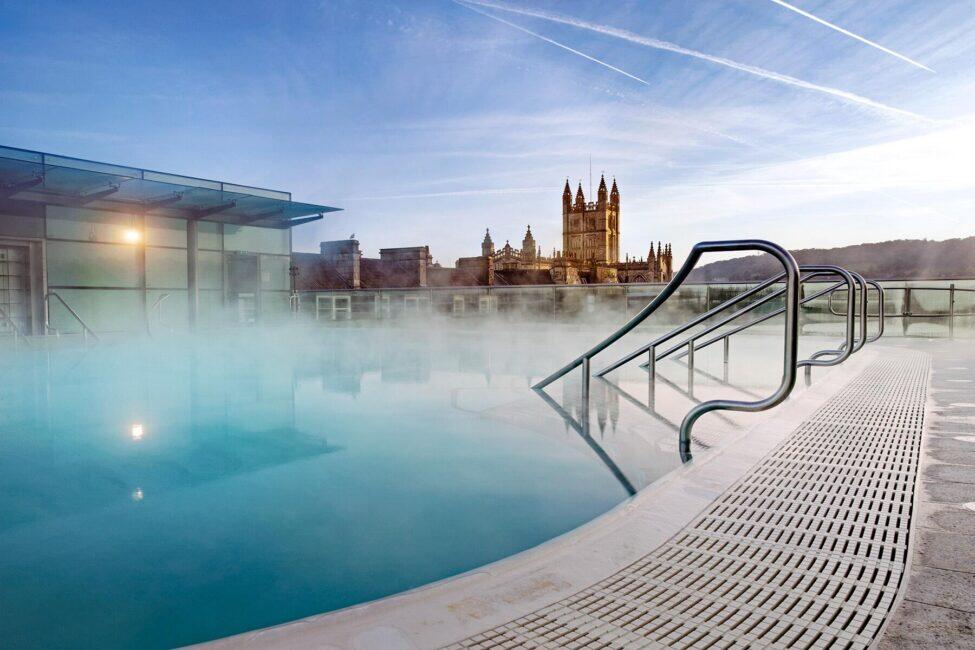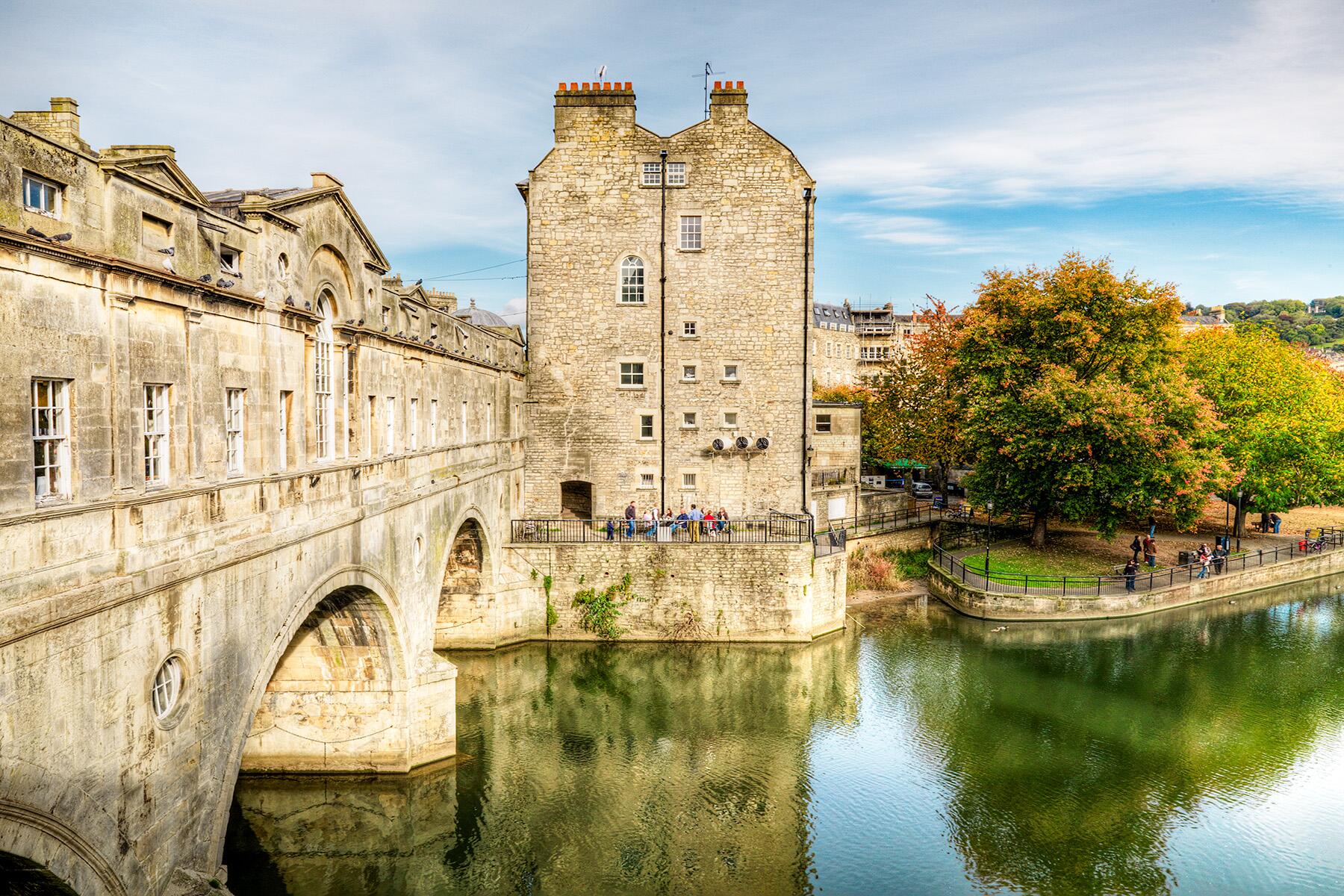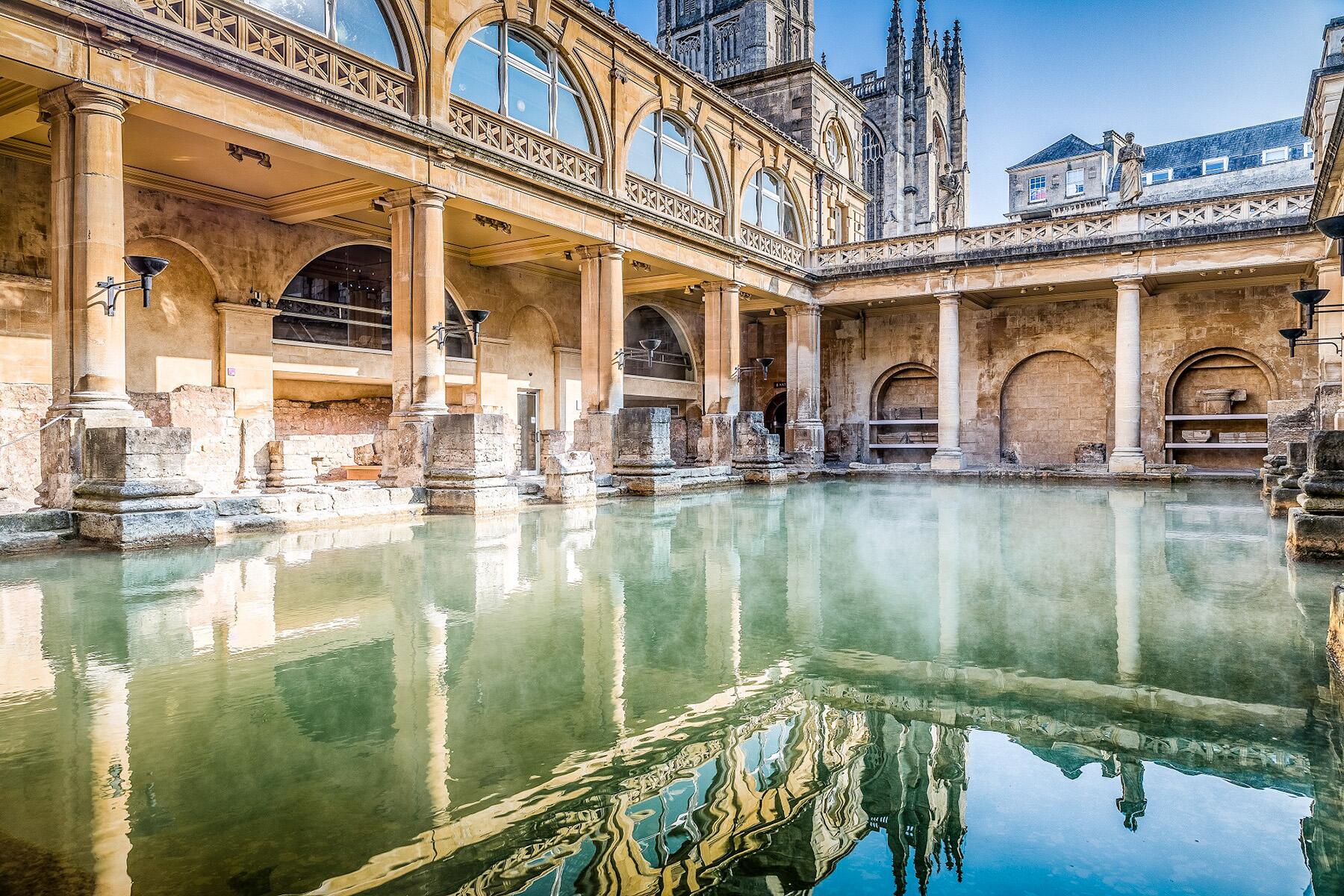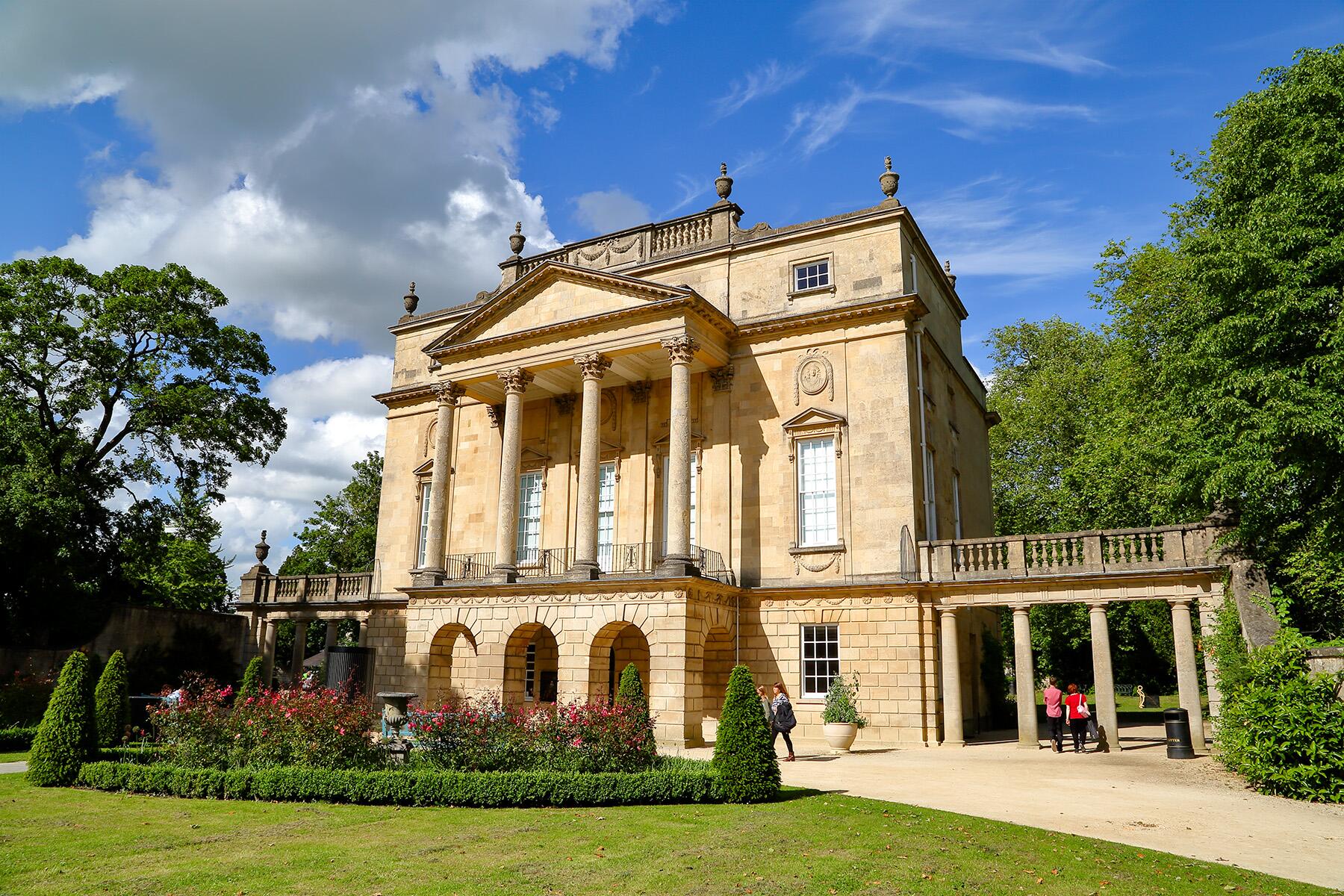With visitor numbers increasing, is it time to pull the plug on Bath?
The UNESCO World Heritage City of Bath in Somerset, England, attracts six million visitors every year. The Roman Baths are an obvious draw, along with the Abbey and the Pump Room, and more modern attractions like the Thermae Baths and the Jane Austen Centre. Groups of international tourists following a guide dressed in period costume to the Pump Room, reeling off facts about Jane Austen and Bridgerton, have been a regular sight for many years now. But as visitor numbers continue to rise, and the Saturday stag and hen parties arrive in town and parade through the streets of this historic city in a manner that would have irked Jane Austen, it time might be time to ask: Is there too much tourism in Bath?
Fodor’s published the 2024 No List last week, which includes multiple destinations suffering from overtourism–will Bath make the list next year?
Business Is Booming
Local businesses in Bath might argue that there’s no such thing as too much tourism. But with a population of 94,000 people, the city is struggling to deal with levels of tourism it just wasn’t built for, and locals are being forced out of the housing market by rental properties and prices they can’t afford.
Recommended Fodor’s Video
“We understand the concerns regarding overtourism, especially where this is a problem that has significant impact on residents and communities,” says Kathryn Davis, MD of Visit West, the tourism bureau that supports western England, including Bath and Bristol. “Where proactive promotion is undertaken, it is always to fulfill a business need–to drive business where capacity exists. As a destination management organization, we do not want to make already busy periods even busier, but ensure that there is distribution that spreads the benefits of the visitor economy beyond honeypots.”
And Bath does have a lot more to offer than those honeypots. Beyond the Roman Baths and the Pump Room, attractions like the Holburne Museum and the Museum of East Asian Art receive a lot fewer visitors and offer quiet pockets of historical indulgence for getting away from the crowds. While most tourists do still visit the city on weekends, creating clusters of tourism and choking narrow streets, wandering out of the center and away from the Abbey to find half-empty museums, hushed bookshops, and sleepy cafes. Bath can feel like a city of two halves: the city center overcrowded with tourists, the outer areas as silent as Monday lunchtime. For some, like John Gower, Executive Chairman and CEO of Dialect, a specialist gaming and tech agency based in Bath, it’s the weekend crowds that dramatically alter the city.
“Bath is a growing creative hub during the week with post-COVID bars and cafes expanding outdoors and onto the streets, but Bath shifts gears abruptly at the weekend, becoming a tourist mecca and bursting at the seams. For those working right in the center, like the Dialect team, this weekend transformation from vibrant, energetic creative cafe society to tourist swarm can be jarring.”
How We Visit Matters
Perhaps for such a historical city with so many sites packed into a small area, it’s inevitable that tourists will take over town in high season and on weekends. But with visitors currently outnumbering locals 63 to 1, the crowding is uncomfortable for residents and tourists alike.
“There will always be an interest in the iconic spots,” says Davis. “But we have a responsibility to ensure visitors–local, regional, national and international visitors; those attending business events; students and their families; those attending specific one-off events–are able to experience a destination, and that visitors understand that they are in a World Heritage site. Like many historic cities, there are areas that are more prone to congestion than others, but we are lucky to have stunning open spaces, beautiful countryside, and local towns, as well as attractions around the city that can be enjoyed all year round.”
The point about the surrounding area is a good one. In the picturesque village of Cheddar, just 40 minutes away from Bath by car, it’s quaint and quiet, and Reservoir View offers a spacious rental for families who want somewhere away from the busy Bath streets, but still within easy reach of its attractions. Visitors can opt out of the nightlife that’s becoming noisier at the weekends in Bath, stay somewhere peaceful, and hop back into Bath in the daytime.
But for others, especially those working in hospitality, there are other problems. It’s the tourists who don’t stay long and don’t spend any money inside the city who are the problem. Bath sees bus coaches packed full of tourists clogging up its roads in the summer on day tours from London. They hop off the bus at Bath for an hour and head off to Stonehenge for the afternoon, instead of eating in Bath’s restaurants and staying in its hotels. These day-trippers are a source of frustration for many locals who see their presence as an inconvenience. They create congestion on the roads and in the streets while contributing very little to the economy. There’s a balance to be struck, and for a Roman city that was never meant to accommodate so many people, it’s a difficult balance to find.

Where Does the Money Go?
In contrast, Libby Windle, founder of Shop Local Bath, sees the high levels of tourism as a good thing–as many customer-facing businesses do–for obvious reasons. Windle acknowledges the issues with congestion in the city but sees this as a small price to pay for a bustling and busy economy.
“I personally love having a busy tourist industry in Bath and having lots of different people from all over the world visiting our beautiful city. Obviously, it can get busy sometimes, which can get frustrating if you’re trying to get from A to B in the city center quickly, by transport or by foot, but it’s worth that. Tourism is such an important sector for the city’s economy, and I assume that the revenue it generates helps to maintain Bath’s historical landmarks, stunning architecture, beautiful green spaces, and its vibrant independent scene.”
And therein lies the rub. Does tourism contribute to Bath’s infrastructure and upkeep, or do locals never see any benefit from it at all? Other European cities struggling with overtourism and seeking a solution are considering a tourist tax. It may be time to ask if Bath should do the same.
Waste collection and road maintenance could benefit from such a scheme. A tourist tax might create a more pleasant environment for intentional, considerate tourists to enjoy the city’s culture and history, and worries over what tourism does to historical sites could be allayed by the funds for their upkeep and protection. Although some voices are calling for this to be looked into, so far there are no plans to roll out any such scheme.
Bath is an important Roman town with many historical attractions for visitors to see and learn from. Maybe the answer sits in considering how we visit cities like Bath, when we go, how long we stay, and in what way we experience the city. Perhaps we, as tourists, have a responsibility to historical cities like Bath, to be mindful of the part we play in their future.






"Your blog is a haven of wisdom; thank you for sharing it."